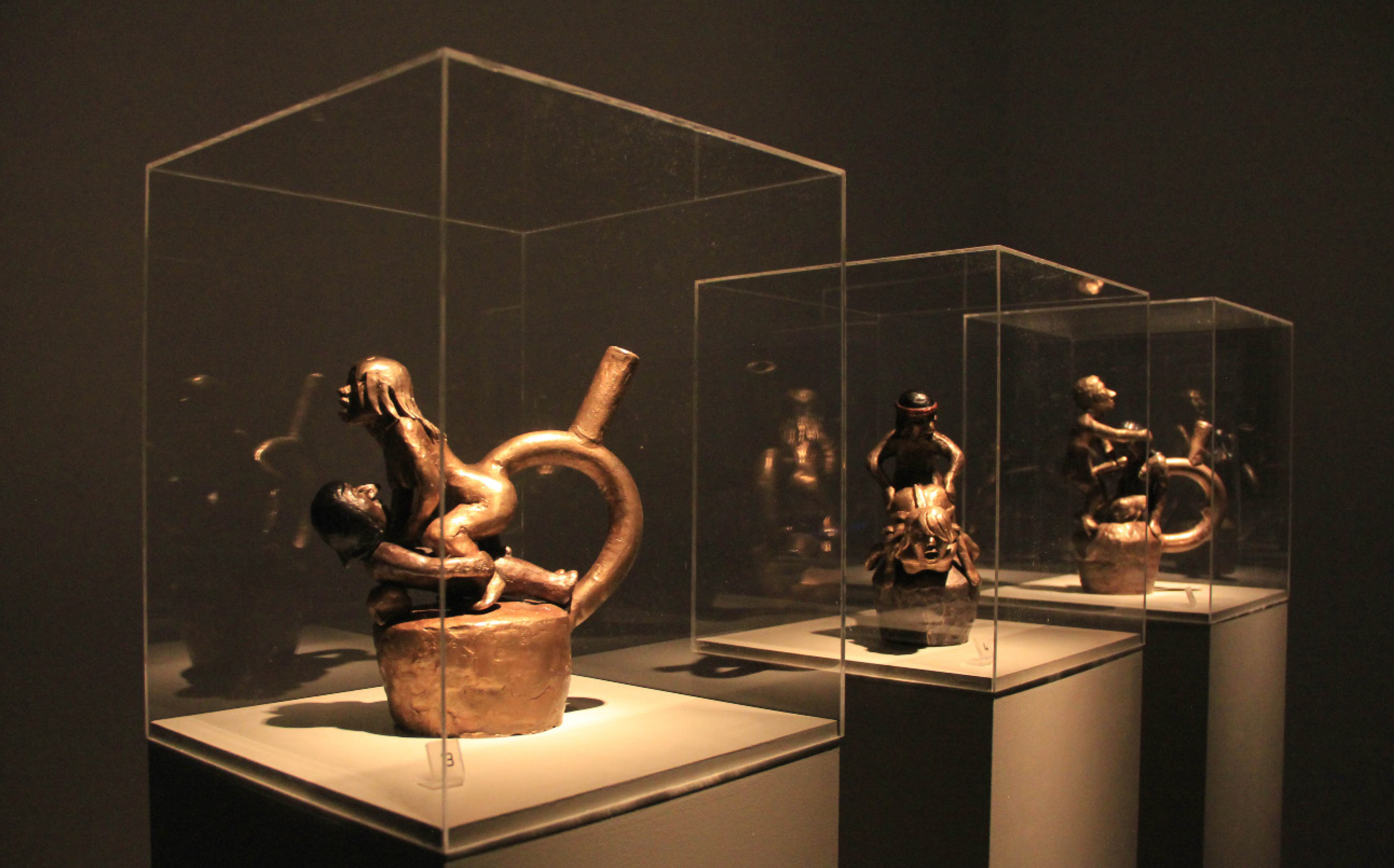The Mochica Way (2013)
Sex is the subject of hundreds of clay pots produced on the North Coast of Peru during the first millennium A.D. These ceramics, made by a people we know today as the Moche, are among the finest of the ancient Americas striking for their naturalistic style and consummate craftsmanship. […] Collectors have long prized this art; it is estimated that 80 000 to 100, 000 Moche vessels have made their way to museums and private collections worldwide, almost all of them from looters’ pits.
Moche Sex Pots, MARY WEISMANTEL, 2004
After the discovery of Mochica (The Moche civilization) by Max Uhle at the very beginning of the 20th century, many excursions were made to the north coast of Peru in search of treasures, taking advantage of the fact that the legislations at that time were sometimes unclear, and that the colonial trauma had left a negative attitude towards everything related to the previous civilizations. Many of these treasures are nowadays part of the biggest collections we can find in American and European Museums. One of the most notorious is the case of Loma Negra (cultural site) that was heavily looted in the 1960s and 1970s, and many of these objects are now in the Metropolitan Museum of Art, New York. On the 22nd of March 2013, fifteen artifacts of the Mochica culture were sold at an auction in Paris. Among these objects there were three ceramic pieces part of the erotic art of this civilization. The estimated prices for these items fluctuated between 20000-100000 EUR.
Taking as a reference these erotic ancient ceramics, the project made replicas of the three ceramics that were sold at Sothebys Paris during the time of the exhibition. In the replicas, the ethnicity of one of the characters is changed from Mochica to caucasian.
A fictitious museum was created and surveillance cameras were simultaneously live streaming the installation in Stockholm, to the exhibition Relay in Malmö. The audience didn’t know.
“Relay is a durational performance composed of different contributions by artists. A structure for time-based work is provided, reflecting on the role of the mediator and the artist, while dealing with decision-making and responsibilities. The performance is organised by artist, Claudia del Fierro, who has invited guest artists whose work sustains life and which have elements that make-happen.”


